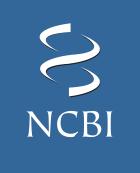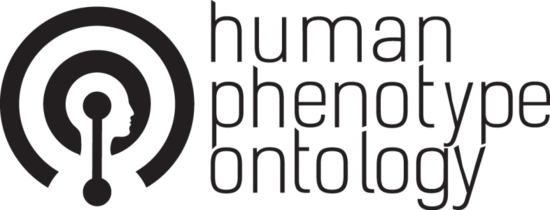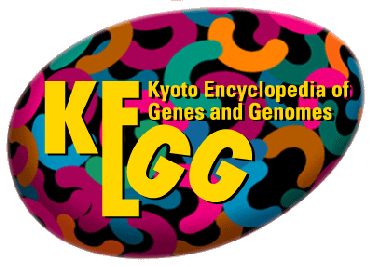Sun J, Sheil AG, Wang C, Wang L, Rokahr K, Sharland A, Jung SE, Li L, McCaughan GW, Bishop GA
Liver allografts in some rat strains are often spontaneously accepted across a complete major histocompatibility barrier without the requirement for immunosuppression while other nonliver allografts are rejected. In previous studies, we have shown that spontaneous acceptance is dependent on liver passenger leukocytes. Depletion of passenger leukocytes by donor irradiation allows rejection, with DA recipients of irradiated PVG livers having a median survival time (MST) of 16 days. Here we show that, in this model, spontaneous acceptance is reconstituted by intravenous injection of donor leukocytes. Intravenous injection of 3-5x10(7) PVG liver leukocytes significantly prolonged DA survival time (MST=96 days, P=0.026), as did 5x10(7) spleen leukocytes (MST>100 days, P=0.002). Deletion of T cells from the reconstituting inoculum reduced survival time (MST=78 days, P=0.039), whereas deletion of B cells or monocytes/macrophages had no effect on survival time. In contrast, PVG hearts are regularly rejected by DA recipients, and PVG liver or spleen leukocytes, even at doses of greater than 3x10(8) cells/recipient, were unable to induce heart acceptance. To investigate the possibility that acceptance of the irradiated liver but not the heart might be due to the large mass of the liver, two kidneys and two hearts of PVG origin were transplanted to each DA recipient together with 1.5x10(8) PVG leukocytes. These organs survived for greater than 200 days, thereby showing that a large mass of donor tissue, in association with donor leukocytes, leads to acceptance of organs that are rejected if transplanted singly. It appears likely that spontaneous liver transplant tolerance is a high-dose or activation-associated immune phenomenon.
27/12/1996
8990351
Transplantation (
IF: 4.546 /
Quartile: 1)
WOS Cites: 117
SemanticScholar Cites: 186
SemanticScholar Citation Velocity: 0
SemanticScholar Influential Citation Count: 2






